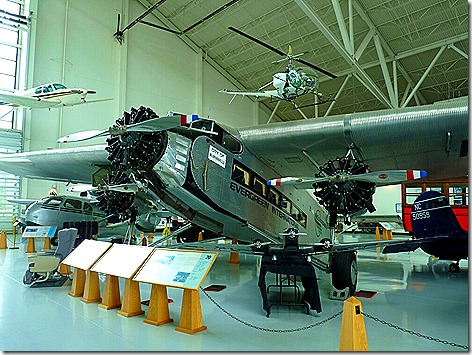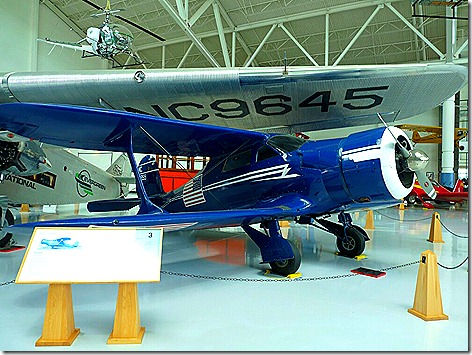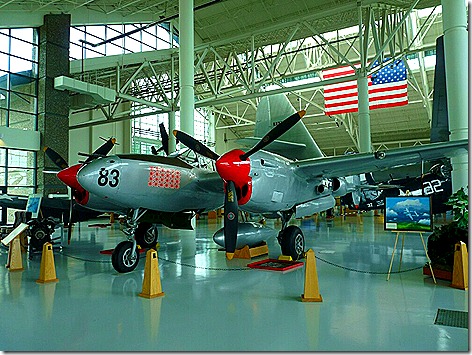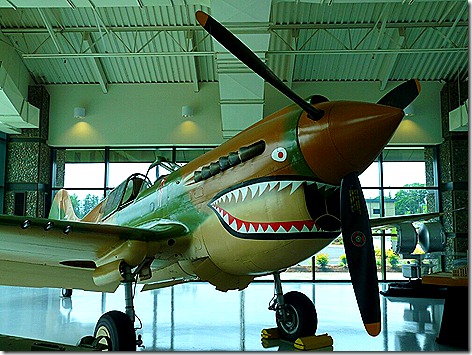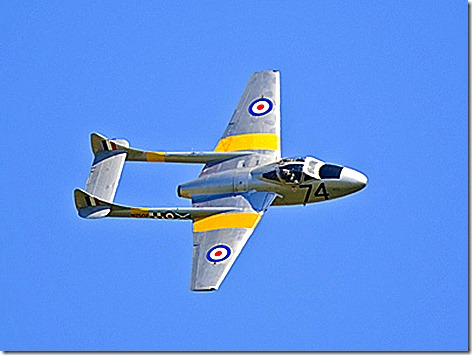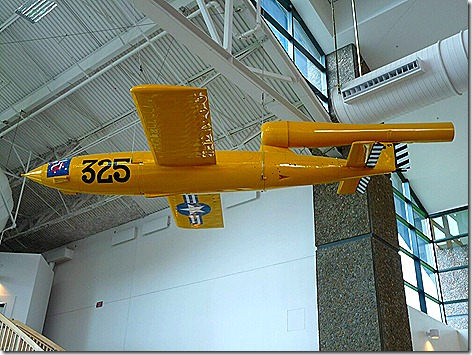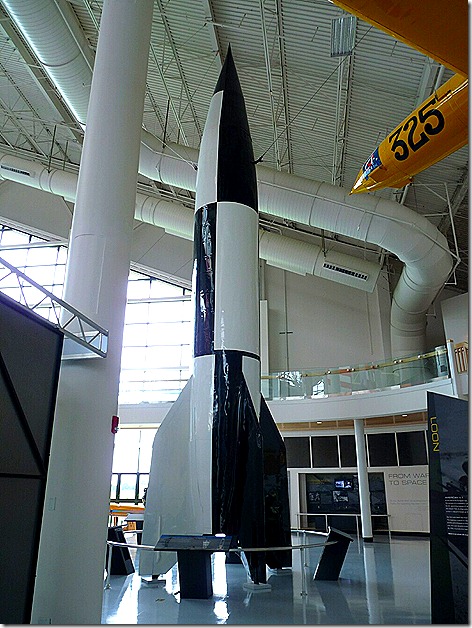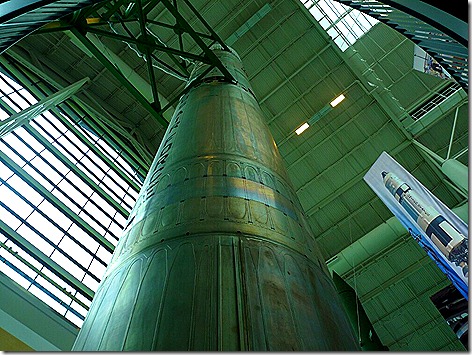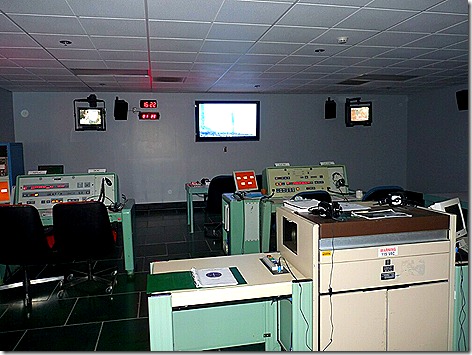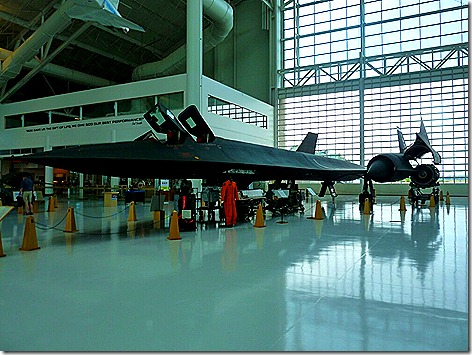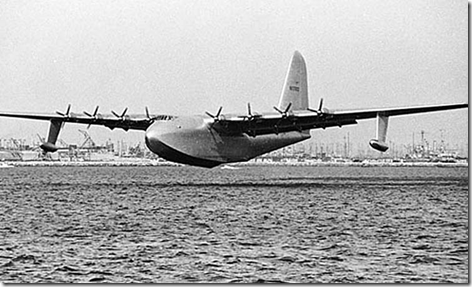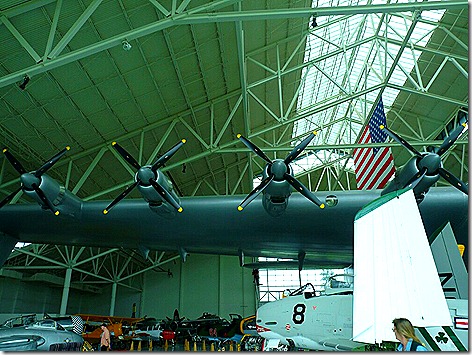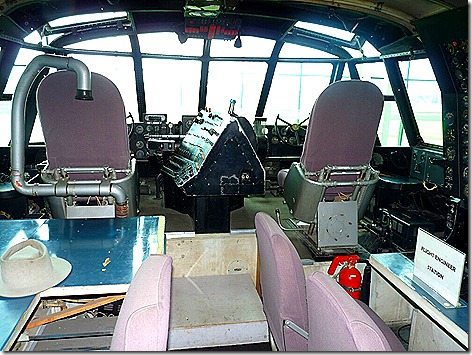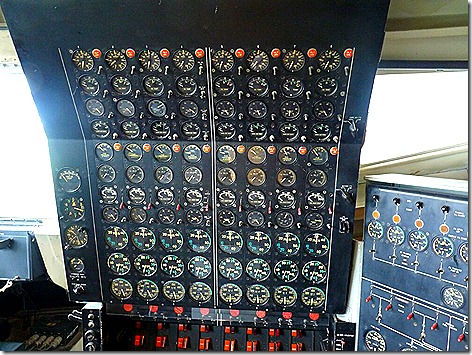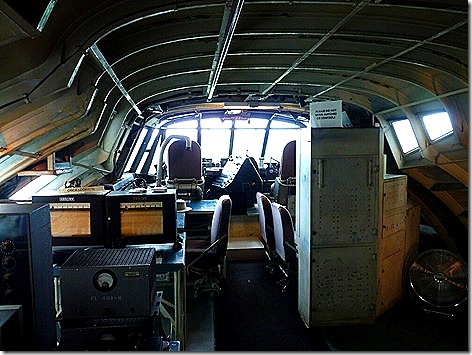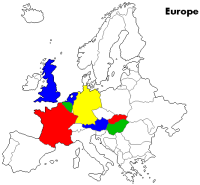It’s Birch, Not Spruce!
Not a lot really happened today, so I thought I’d repost one of our all-time favorite adventures.
Sometimes It’s All Worthwhile June 27, 2011
After a quick stop at the Long Beach, WA Post Office, Nick Russell, his wife Terry, Jan, and I hit the road this morning about 10 am heading for McMinnville, OR 120 miles away to visit the Evergreen Aviation Museum, and of course, the Spruce Goose, aka the Hughes H-4 Hercules.
Because of road repairs and the sucky weather, we didn’t get to the Museum until about 2 pm.
And the first thing I noticed about the Evergreen Aviation Museum was the many ‘exceptional’ one-of-a-kind items on display.
For example, the C-47 / DC-3 below. Pretty much every aviation museum has one. Heck, Jan and I have even flown in several. But this one is special.
It flew in the D-Day Landing, dropping paratroopers in Normandy, France. How’s that for special!
And besides the Spruce Goose, Evergreen has another ‘Goose’. The ‘Tin Goose’, Ford’s entry into aircraft manufacturing. Since the Model T was nicknamed the ‘Tin Lizzie’, the Ford Tri-Motor became the ‘Tin Goose’.
About 200 were built including the ones I flew on in the early 60’s in South America. Although by then, the centerline engine had been removed and the two wing-mounted engines replaced by newer, more powerful ones.
This photo shows a better view of the Tri-Motor’s unique corrugated sheet metal skin, making it light, but very strong.
Next we have this beautiful example of a 1939 Beech D17A Traveler, better known as the ‘Staggerwing’ Beech, because its lower wing was mounted ahead of the upper wing, the reverse of normal at the time.
This aircraft is the last of the 17A’s known to exist, and is probably the one used by Winston Churchill during his 1963 Idaho fishing trip.
The Staggerwing, introduced in 1932, was the first aircraft produced by Beech, and was in production until 1948 when it was replaced by the Beech V-Tail Bonanza.
Another plane I had never seen in person before was this Republic RC-3 Seabee. This little civilian amphibian’s claim to fame is that it was used in several movies, including 1974’s James Bond flick, ‘The Man with the Golden Gun’.
And this B-17 is also a James Bond alumni, 1965’s ‘Thunderball’.
Here’s another one under the heading of ‘aircraft I’ve never seen before’, McDonnell’s 1946 version of Germany’s V-1 Buzz Bomb. Also using a pulse jet, it was used as a target drone by the US Navy, and unlike the V-1, it could be radio-controlled.
This P-38L Lighting is considered one of the finest examples of that aircraft still in existence.
In 2007 we got to see ‘Glacier Girl’ at the ‘Wings Over Houston’ Airshow. ‘Glacier Girl is the P-38 that was recovered from almost 300 feet under the Greenland Ice Sheet, and restored to flyable condition.
Done up in the paint of the ‘Flying Tigers’ the P-40 Warhawk were the only few planes to get in the air during the attack on Pearl Harbor in 1941.
Another plane I had never seen in person is this de-Havilland D.H. 100 Vampire fighter. Originally named the ‘Spider Crab’ (glad they changed that!), it was the 2nd single-jet engine British fighter to go into service right at the end of WWII.
These next two are examples of Hitler’s ‘Vengeance’ weapons. This V-1 ‘Buzz Bomb’ is actually the American version, the JB-2 Loon, one of what was to be thousands of mass-produced copies, launched from ships and submarines during the Invasion of Japan, which of course never happened due to the dropping of the A-Bomb.
Germany’s V-2 rocket was the world’s first ballistic missile, over 3000 of which rained down on London and Antwerp.
Then we have the other end of the ballistic missile spectrum, and again, something I’ve never seen in person, a Titan II missile, complete with its launch complex.
110 feet tall, the Titan II could carry a 35 megaton warhead, and until it began being replaced by the Minuteman ICBM in the mid-60’s it formed the backbone of America’s missile defense.
The Titan II was later repurposed by NASA to launch twelve Gemini space flights.
This is the Hiller 1031 ‘Flying Platform’, kind of a modern flying carpet. What a way to commute.
Of course, if the engine quit you just fell out of the sky.
Never mind.
Next we have probably my favorite aircraft of all time, the SR-71 Blackbird, the fastest plane in the world. Although officially its top speed was about Mach 3 (2200 mph) pilots have said whenever they pushed the throttle forward, it just went faster. Some have said they think it would just fly faster and faster until the engines blew up, but no one knows at what speed that would happen.
Ever time a missile was fired at it, they just pushed the throttle forward a little more and outran it.
Here’s a better shot.
I’ve seen SR-71’s all around the country and I’ve never seen one with its Start Cart.
Powered by two Buick Wildcat V-8 engines, it was the only way to light off an SR-71 unless you had a high pressure air source.
And the gray box in the center of this photo is something I haven’t seen before, at least at a museum.
The last time I saw one was a late night in 1971 at Otis AFB on Cape Cod in Massachusetts. I was working as a DOD civilian contractor on the night shift in the Electronics Shop, and was commandeered by an Air Force Colonel and two armed MPs, taken to the far side of the base, shown a very strange-looking plane surrounded by flood lights and more armed MPs. But as I got closer I knew that I was in the presence of the ‘fabled’ Blackbird spyplane.
I was then told that the gray box in the photo above was broken and I needed to fix it. When I ask what it was, I was told, “You’re not cleared for that”. When I asked what it was supposed to do, “You’re not cleared for that”.
When I asked if I could see some tech manuals or schematics, guess what?
Yep! I wasn’t cleared for that that, either.
So I took the box back to the shop and got to work. And after about two hours I kind of figured out was it was supposed to do, and tracked down a bad relay, luckily a standard one I had in stock, and got it working.
And it’s not easy working with two armed MP’s standing over you, believe me. They even followed me to the bathroom. I mean, why? I didn’t take the box with me!
So back to the flight line we go, and I reinstall the box. Then, getting out of a station wagon parked over to the side, a guy in a flight suit climbs into the cockpit, flicks a few switches, waits a few seconds, and then gives the colonel a thumbs up.
Back in the jeep we go, and back to the shop. After we parked and I got out, the colonel says, “We were never here, you were never there, you never saw that plane”.
I said, “What plane?” He smiled slightly and drove off.
And that was my last adventure into the world of black ops and spy stuff.
Below, this is the D-21 drone, made to be launched from the M-21 variant of the A-12, which was a predecessor to the SR-71. (Are you getting all this?) It was supposed to overfly reconnaissance targets even faster than the SR-71, drop its film package to be recovered later, and then self-destruct.
It was never really successful, and actually caused the crash of an M-21 and the death of one of one of the crew.
And now for the big, and I do mean BIG, finish to our trip. And this is what makes following Nick Russell around, fixing everything he breaks, (and he breaks a lot of stuff, believe me), and even working on his leaky black tank valve and getting covered in poo.
He got the four of us, a personal tour by Larry Woods, the Evergreen Aviation Museum’s Executive Director, of the flight deck of the Spruce Goose.
Wow!
It’s hard to imagine how big this plane is. At almost 220 feet long, and a wingspan of 320 feet, it is one of the four largest planes ever built, and still the one with the largest wingspan. With its 8 4000 hp engines, it was designed to carry 120,000 pounds of cargo over 3000 miles.
It only flew once, in November of 1947, in the middle of Congressional hearings on cost overruns on the project. That flight covered about a mile, and got about 70 feet in the air.
And it is almost all wood. But not spruce. It’s most birch.
But I guess ‘Birch Goose’ just doesn’t have the same ring.
And suddenly there we were there, on the actual flight deck, walking where Howard Hughes had walked.
Jan even had to go up and touch the seat where Hughes sat.
These are just part of the gauges to monitor the 8 engines.
This shot looks down into the interior of the wing itself. Mechanics could crawl down into there and work on the engines IN FLIGHT! That’s how big it is.
And here’s a wider view of the flight deck. You could dance in there.
I want to thank Nick again for this special treat for Jan and I. We’re both plane ‘buffs’ and we’ll always remember this.
After a full three hours we headed home about 5 pm, well, not exactly home, but to Angelina’s Pizza in Seaside where we met friend’s Eldy Tompkins and Jeanne Sparks for dinner.
They said the pizza was great, and they were right. Much, much better than Fultano’s Pizza a few days ago.
And no goat, either.
Thought for the Day:
Those who pay no taxes have no check on their appetite for services.
sdfgsdf




